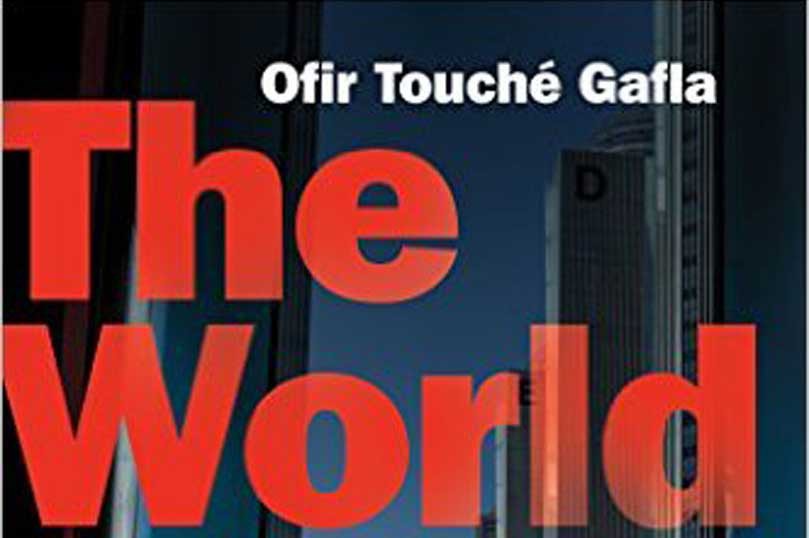Postultimate Postulations
Written by Ofir Touché Gafla
As a child, and then as a teenager, I used to go to the movies a lot. Cinema, just like literature, has always captured my imagination and played all sorts of tricks on it. I was the terror of the ushers, owing to a strange habit I had developed over the years. Whenever a film ended, and those two daunting words—THE END—would actually spell it out for all to see, something in me rebelled against it. “What do you mean, ‘The End’?” I asked sotto voce. What happens next?
The lights came on, people started shuffling out, and I, the kid who refused to budge, stared dumbfounded at the long list of credits that accompanied the declaration of finality. No way, I thought to myself, unable to fathom the acquiescence of my fellow moviegoers, who left me in the theater while I waited for the next scene. The post-mortem scene, if you like. The usher would clear his throat, probably thinking the pest ogling the credits must have a boom-man for a father or somesuch, and I, in turn, would come up with a conspiracy theory having to do with a secret connection between the usher, the director and the projectionist, that diabolical trio who deprived me, time and time again, of the most interesting scene in the film.
Back then I couldn’t put into words the common knowledge that an end is nothing but a manipulation, and ever since I have fallen prey to a bizarre hobby, which is imagining (or actually) writing the postultimate page, chapter or scene, the page that will eternally remain a secret in the world of the end.
Once I realized that there’s no such thing as an end, but rather “The end, so to speak,” I started exploring the idea, waxing and waning philosophically on its more profound meanings, thoughts which inevitably fueled my novel, The World of The End.
I think there are two kinds of people: People who long for an ending and people who do their best to avoid it. The first say “enough is enough” upon reflecting on their lives, the second quote Peggy Lee’s song, “Is that all there is?” Both crave a sense of relief. The funny thing is the way people define “an end.” When two lovers who have faced innumerable obstacles finally (another problematic word) walk hand in hand toward the sunset, many readers/viewers sigh contentedly. Others reach for a paper-bag and try not to throw up.
Not me. I say, kitsch or no kitsch, this is not the half of it. Who’s to say that five years later Lover X doesn’t kill Lover Y, or that the sunset is but a symbol of the divorce looming in the offing? And what if those two lovers prove me wrong, and live a happy life up until their very last moments? What then? What if, a minute after they died blissfully in each other’s arms, they found out their familiar life had been nothing but an introduction to the real thing? What if the only thing that really ends is the very notion of the end? And what if THE END is just what I have always taken it for, that is to say, the end of something, but not of everything?
…………………………
From the Tor/Forge June 17th newsletter. Sign up to receive our newsletter via email.
…………………………
More from the June 17th Tor/Forge newsletter:
- The Writer, Not the Song by Alex Bledsoe
- Why Read Dystopian Novels? by P. J. Hoover
- Summer Grab Bag Sweepstakes



 The first appearance in English translation for Gafla’s first novel (2004), and it’s a weird and effective blend of adventure/fantasy, whodunit and romance.
The first appearance in English translation for Gafla’s first novel (2004), and it’s a weird and effective blend of adventure/fantasy, whodunit and romance.